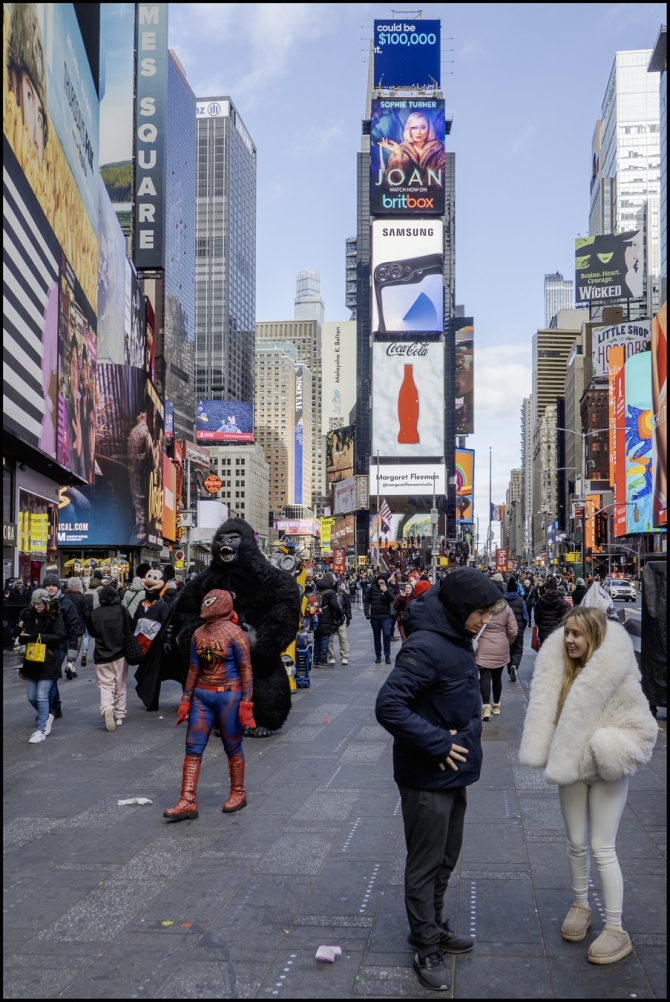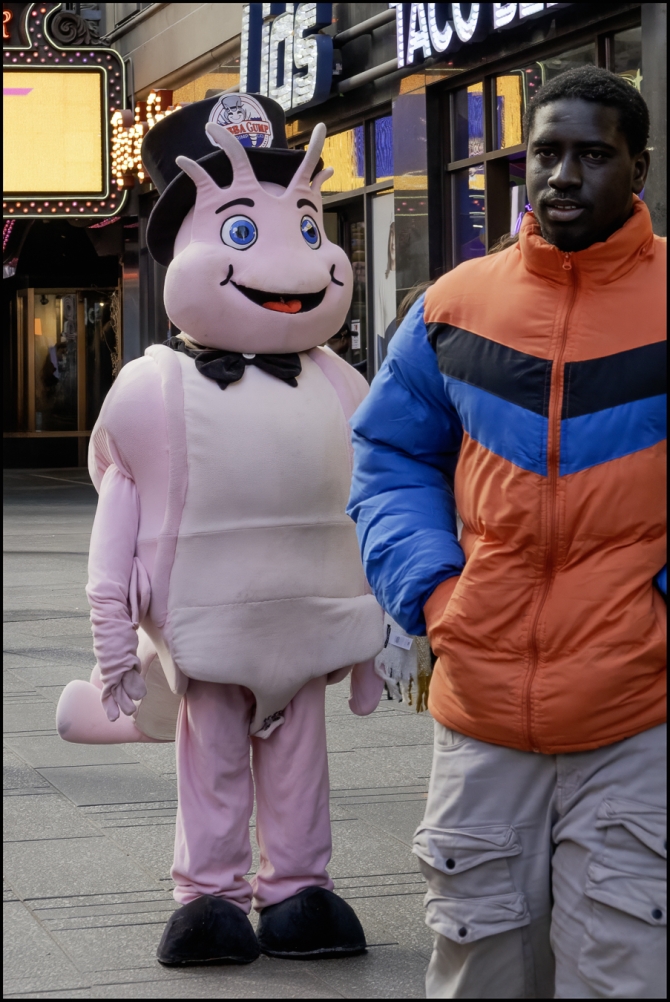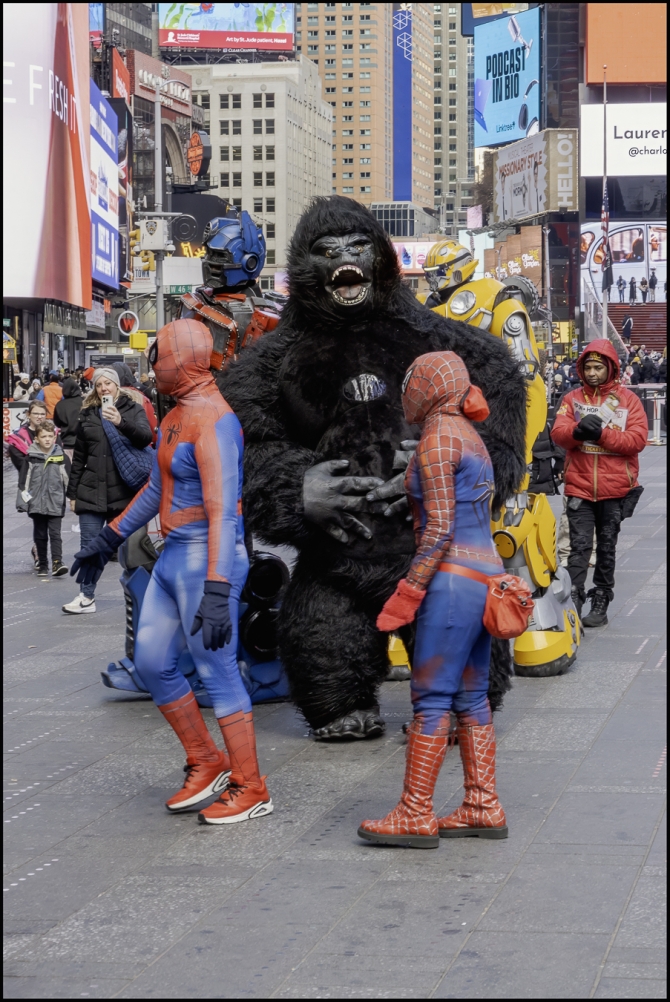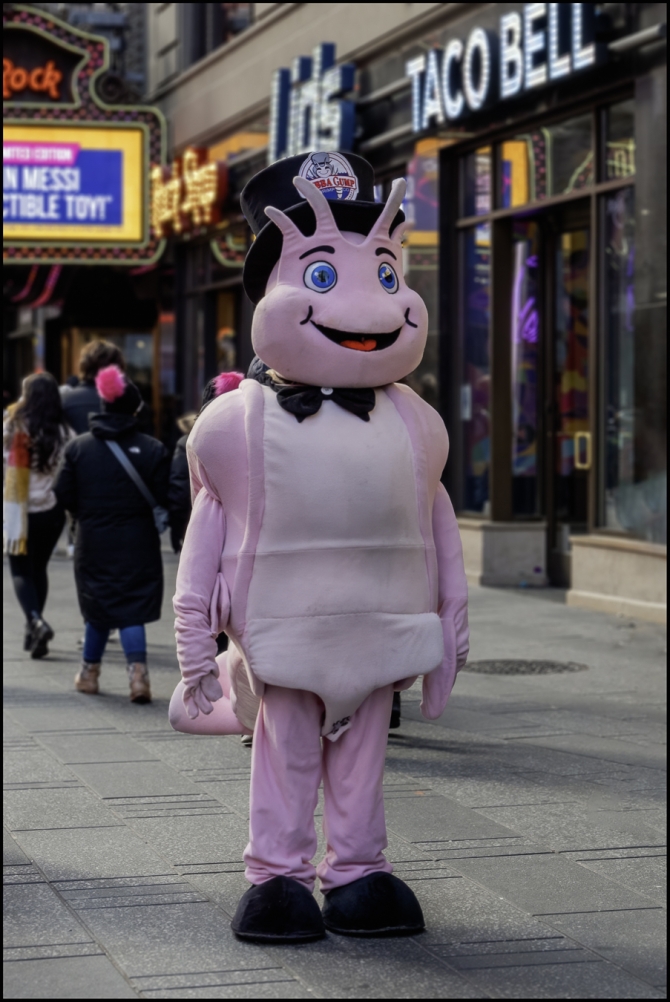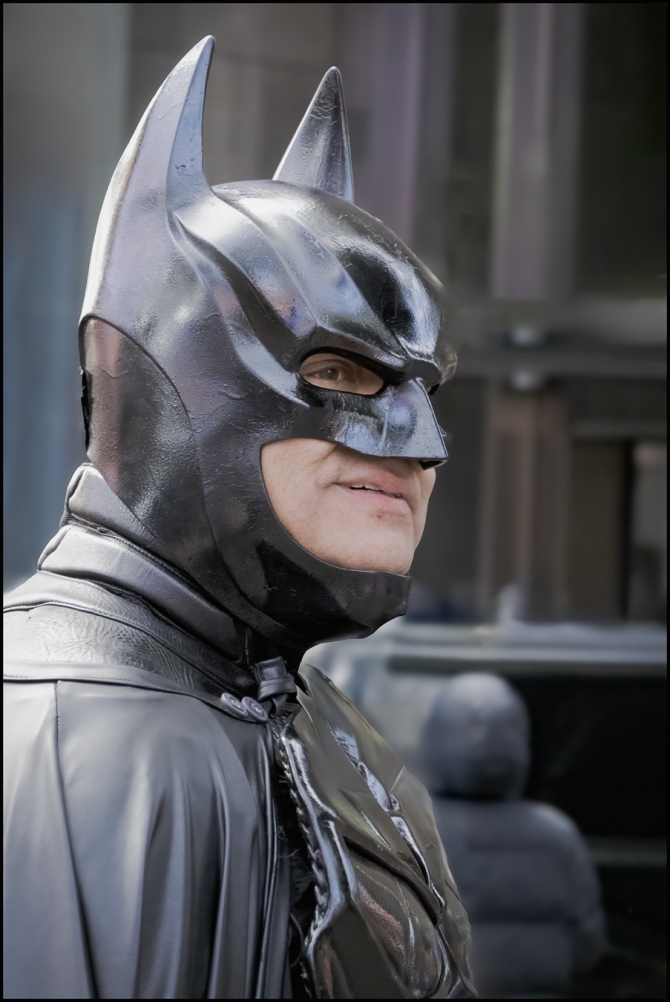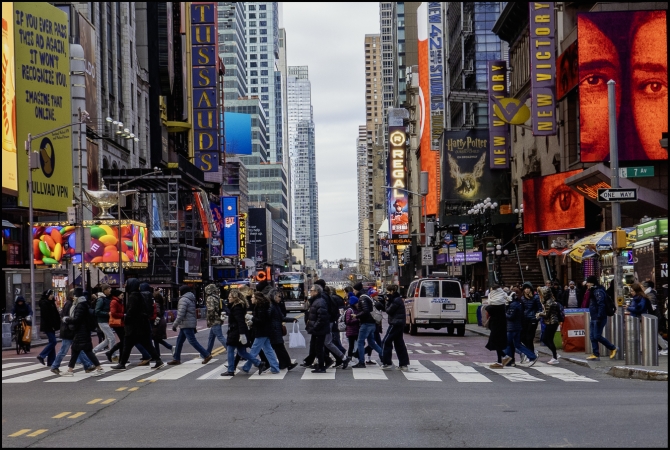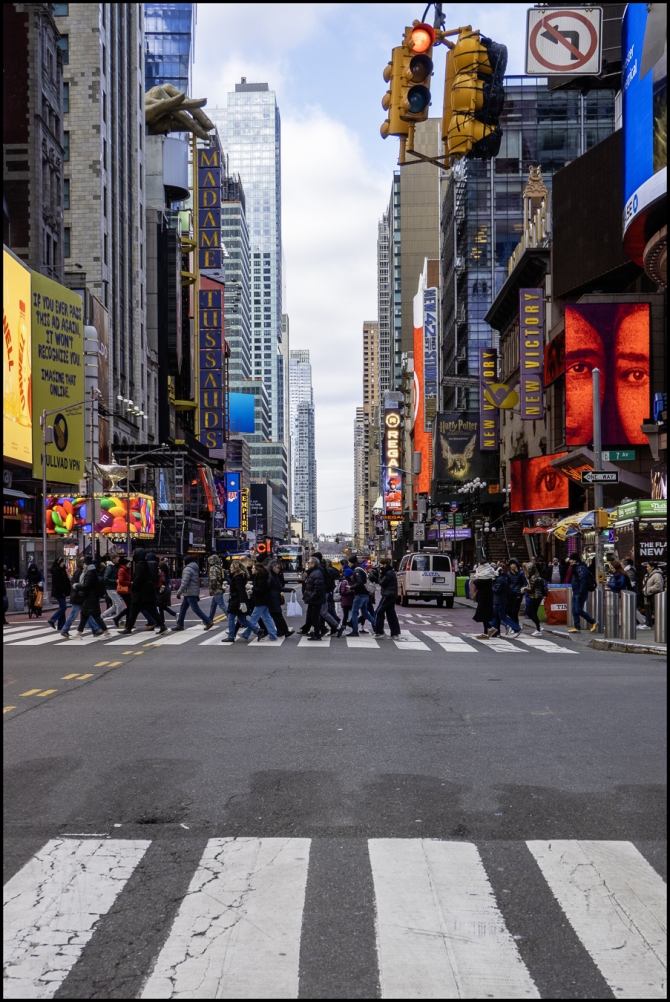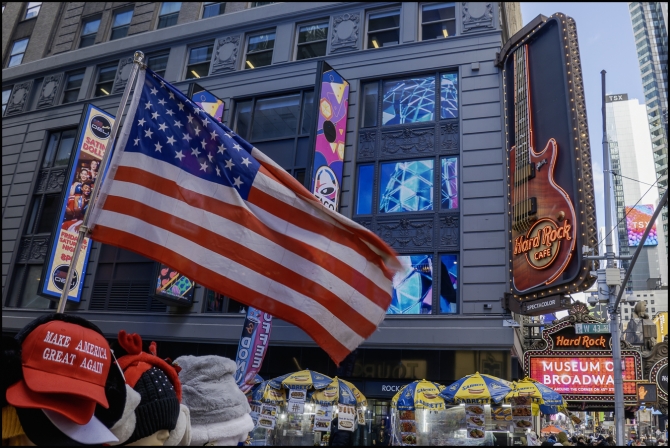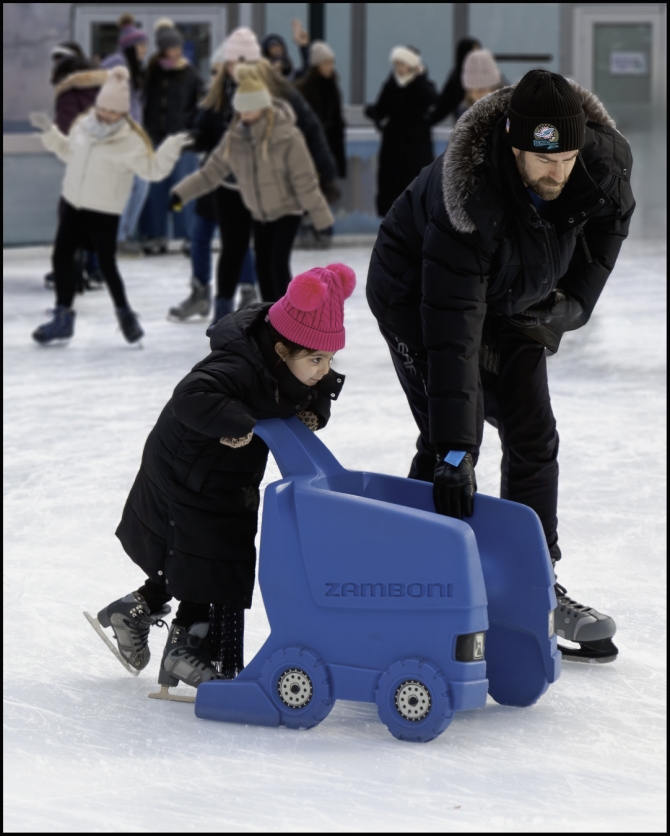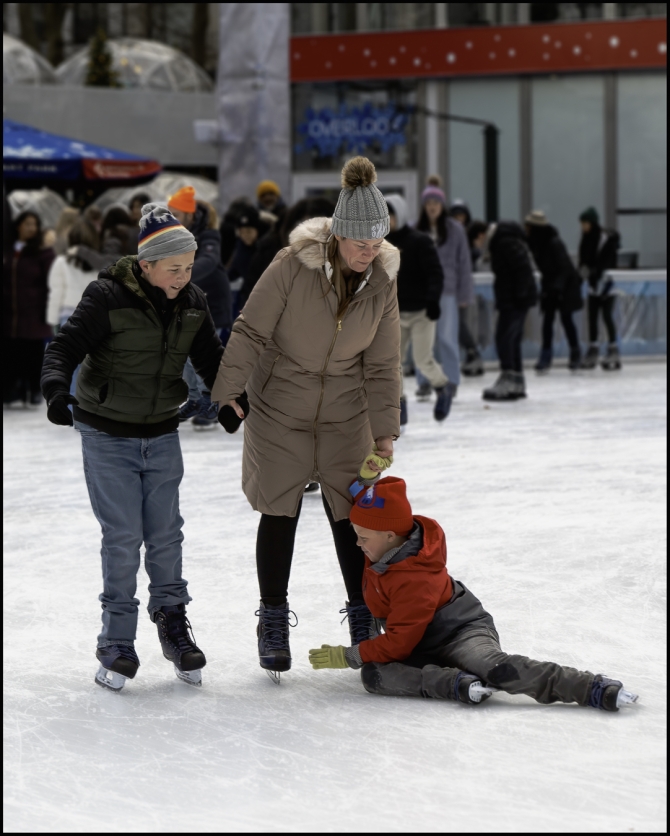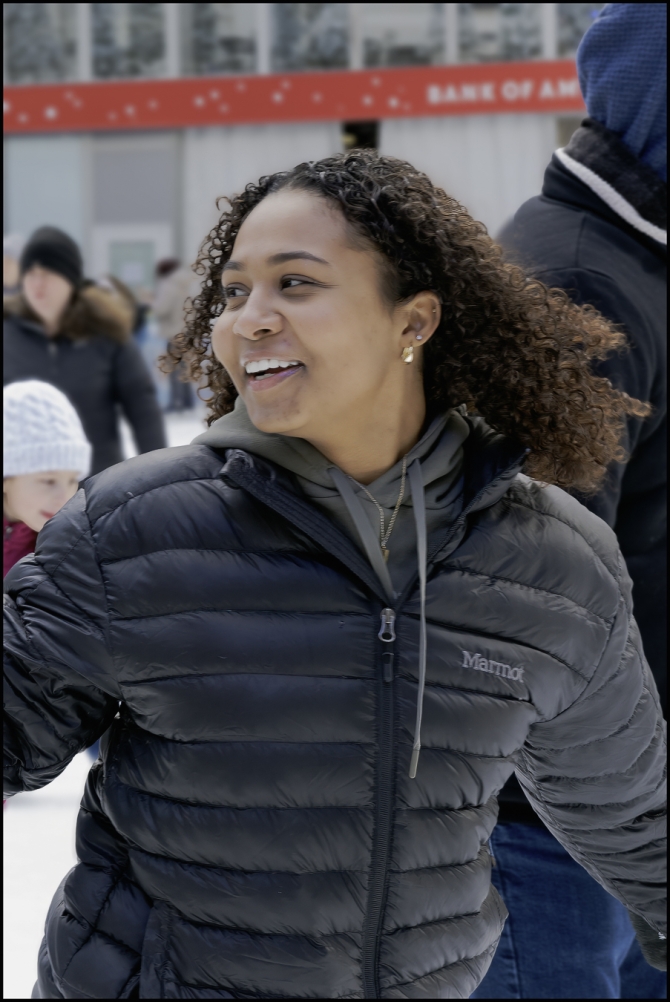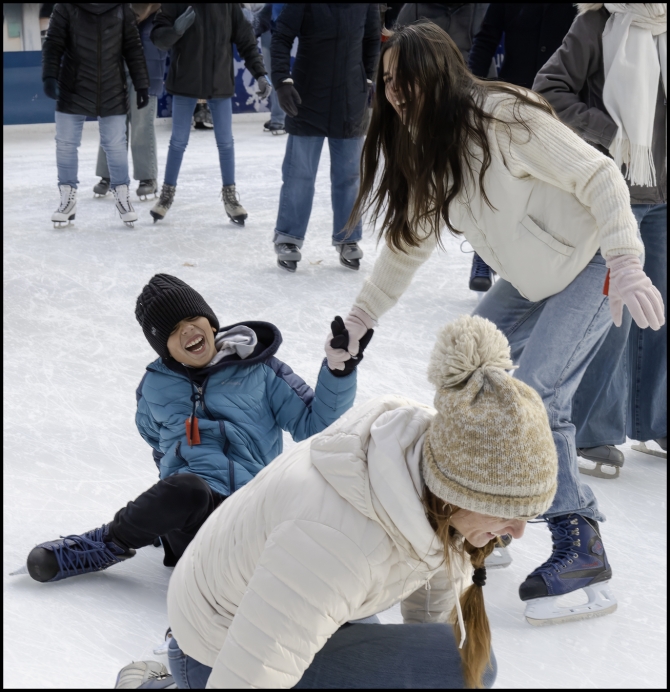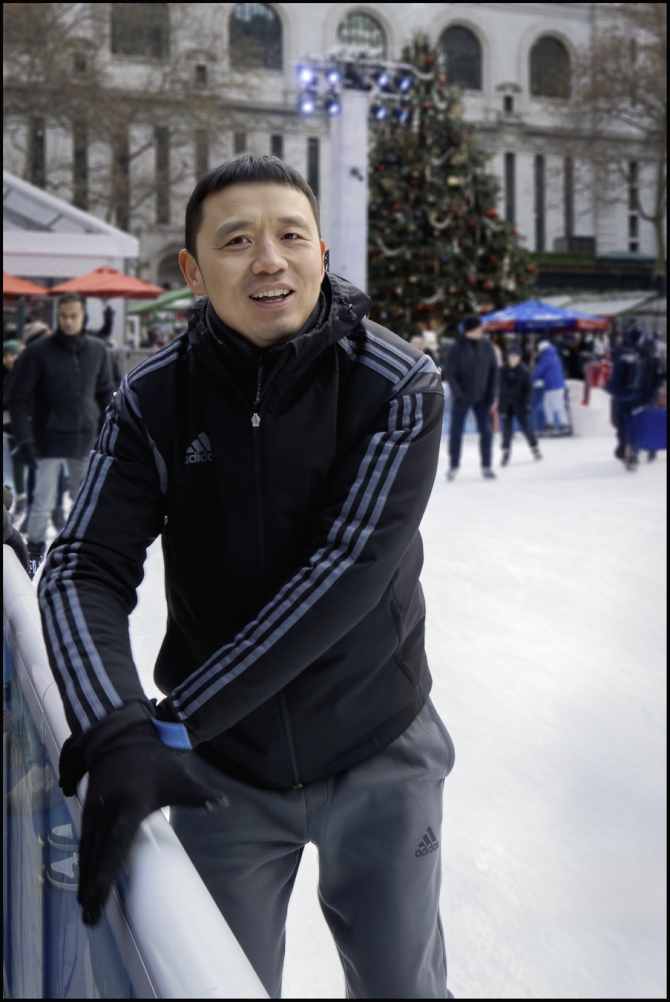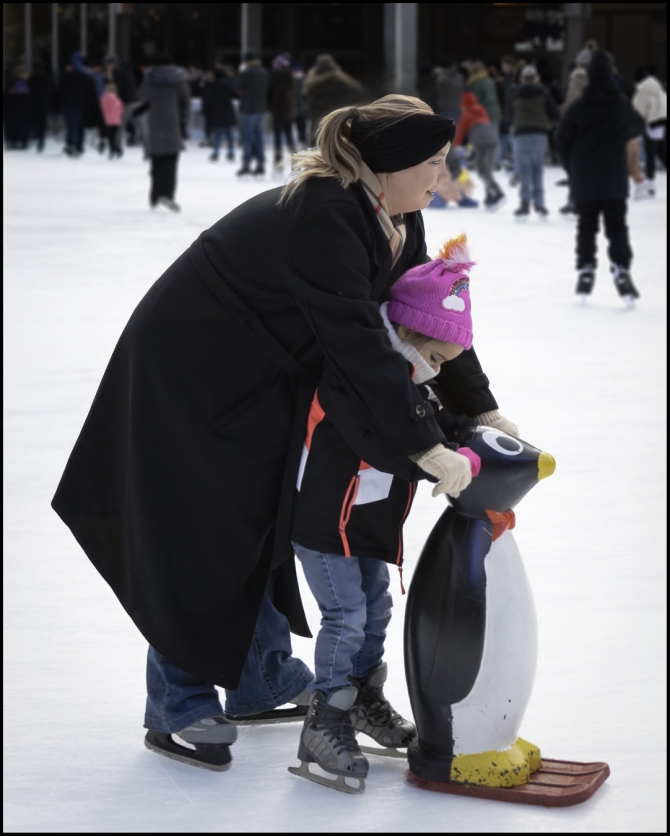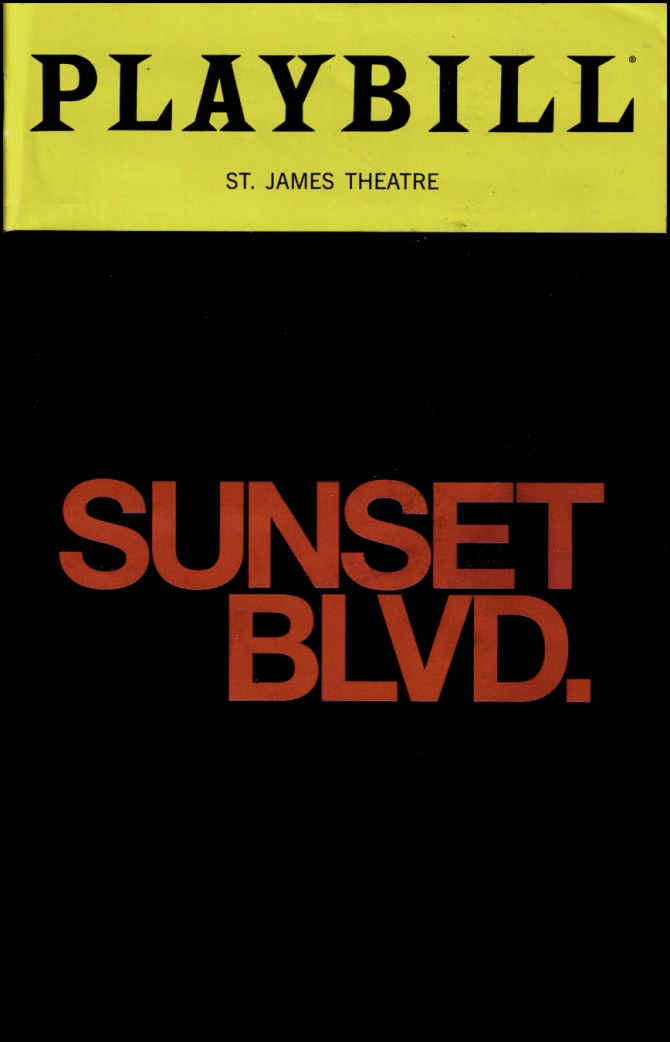“Running west to east across Midtown Manhattan, 42nd Street is New York City’s all-singing, all-dancing entertainment hub. Part of the Times Square intersection and Broadway Theater District, the famous street draws visitors with its shows, shops, bright lights, and architectural landmarks” (Viator).
It’s a major crosstown street in the New York City borough of Manhattan, spanning the entire breadth of Midtown Manhattan, from Turtle Bay at the East River, to Hell’s Kitchen at the Hudson River on the West Side. The street has several major landmarks, including (from east to west) the headquarters of the United Nations (my employer for 38 years), the Chrysler Building, Grand Central Terminal, the New York Public Library Main Branch, Times Square, and the Port Authority Bus Terminal.
The street is known for its theaters, especially near the intersection with Broadway at Times Square where these pictures were taken. This area is known as the Theater District.
West 42nd Street prospered as a theater and entertainment district until World War II, but from 1946 the street declined.
Lloyd Bacon and Busby Berkeley‘s 1933 film musical 42nd Street, starring 30s heartthrobs Dick Powell and Ruby Keeler, displays the bawdy and colorful mixture of Broadway denizens and lowlifes in Manhattan during the Depression. In 1980, it was turned into a successful Broadway musical which ran until 1989, and which was revived for a four-year run in 2001. In the words of the Al Dubin and Harry Warren‘s title song, on 42nd Street one could find:
Little nifties from the Fifties, innocent and sweet,
Sexy ladies from the Eighties who are indiscreet,
They’re side by side, they’re glorified,
Where the underworld can meet the elite
Naughty, gawdy, bawdy, sporty, Forty-second Street!
From the late 1950s until the late 1980s, 42nd Street was the cultural center of American grindhouse theaters, which spawned an entire subculture. The book Sleazoid Express, a travelogue of the 42nd Street grindhouses and the films they showed, describes the unique blend of people who made up the theatergoers:
depressives hiding from jobs, sexual obsessives, inner-city people seeking cheap diversions, teenagers skipping school, adventurous couples on dates, couples-chasers peeking on them, people getting high, homeless people sleeping, pickpockets…
While the street outside the theatres was populated with:
phony drug salesman … low-level drug dealers, chain snatchers … [j]unkies alone in their heroin/cocaine dreamworld … predatory chickenhawks spying on underage trade looking for pickups … male prostitutes of all ages … [t]ranssexuals, hustlers, and closety gays with a fetishistic homo- or heterosexual itch to scratch … It was common to see porn stars whose films were playing at the adult houses promenade down the block. … Were you a freak? Not when you stepped onto the Deuce. Being a freak there would get you money, attention, entertainment, a starring part in a movie. Or maybe a robbery and a beating.
For much of the mid and late 20th century, the area of 42nd Street near Times Square was home to activities usually considered unsavory, including peep shows.
In the early 1990s, city government encouraged a cleanup of the Times Square area. In 1990, the city government took over six of the historic theatres on the block of 42nd Street between Seventh and Eighth Avenues, and New 42nd Street, a not-for-profit organization, was formed to oversee their renovation and reuse, as well as to construct new theatres and a rehearsal space. In 1993, Disney Theatrical Productions bought the New Amsterdam Theatre, which it renovated a few years later. Since the mid-1990s, the block has again become home to mainstream theatres and several multi-screen mainstream movie theatres, along with shops, restaurants, hotels, and attractions such as Madame Tussauds wax museum and Ripley’s Believe It or Not that draw millions to the city every year. This area is now co-signed as “New 42nd Street” to signify this change.
Taken with a Sony RX100 MVII






